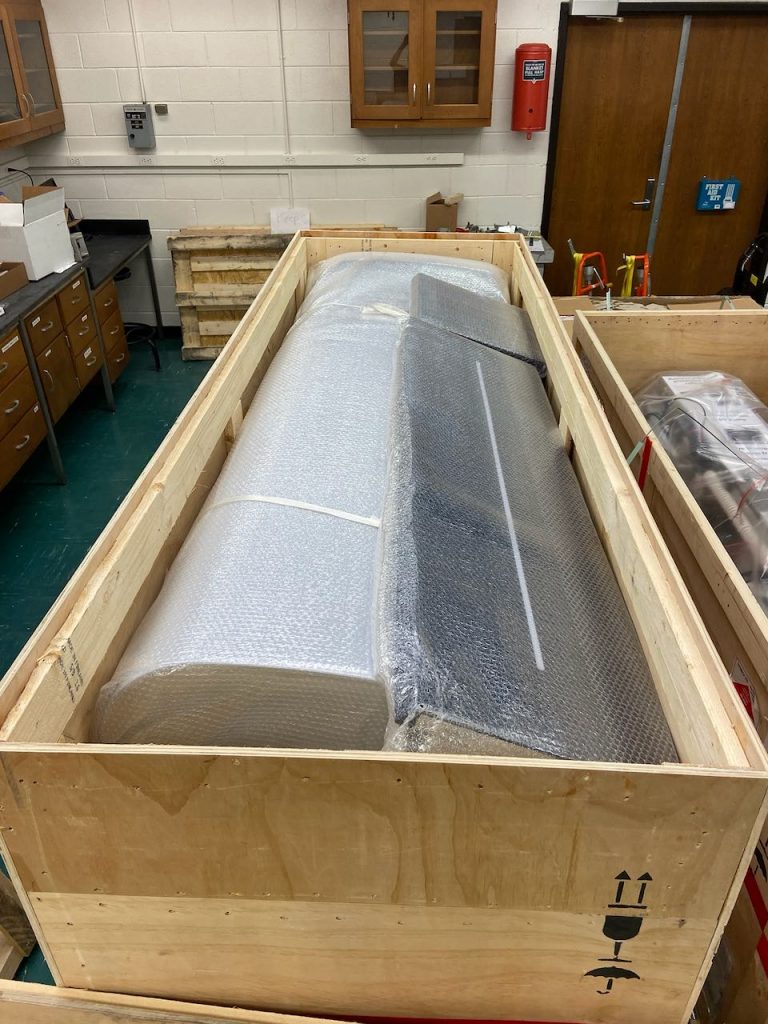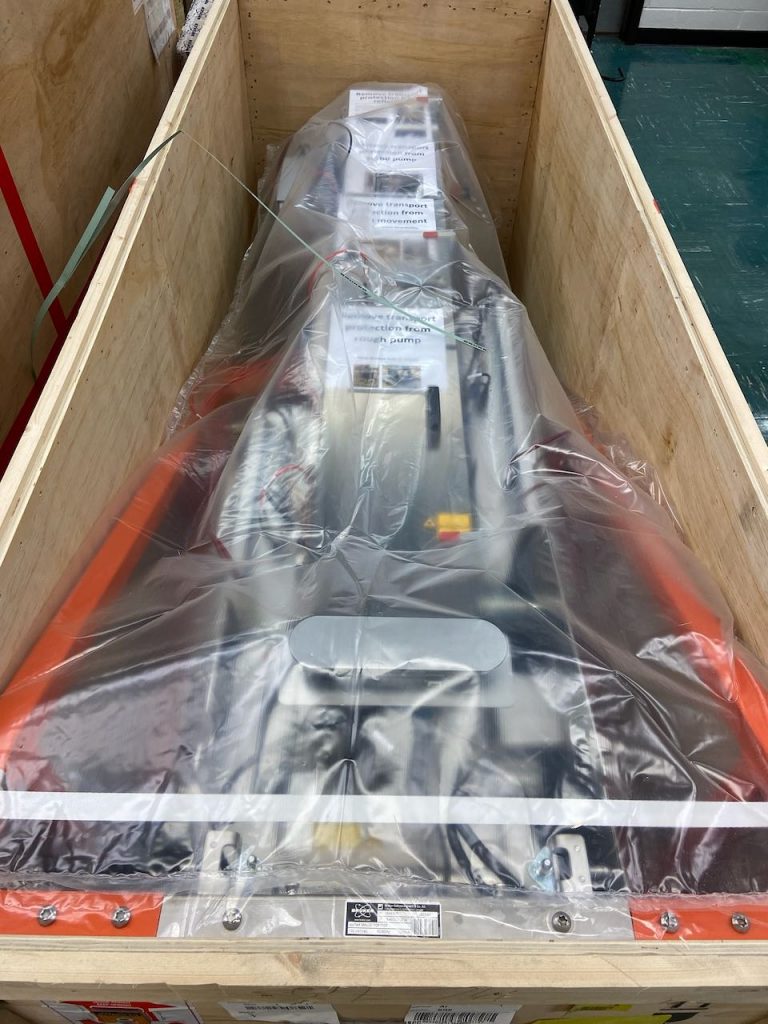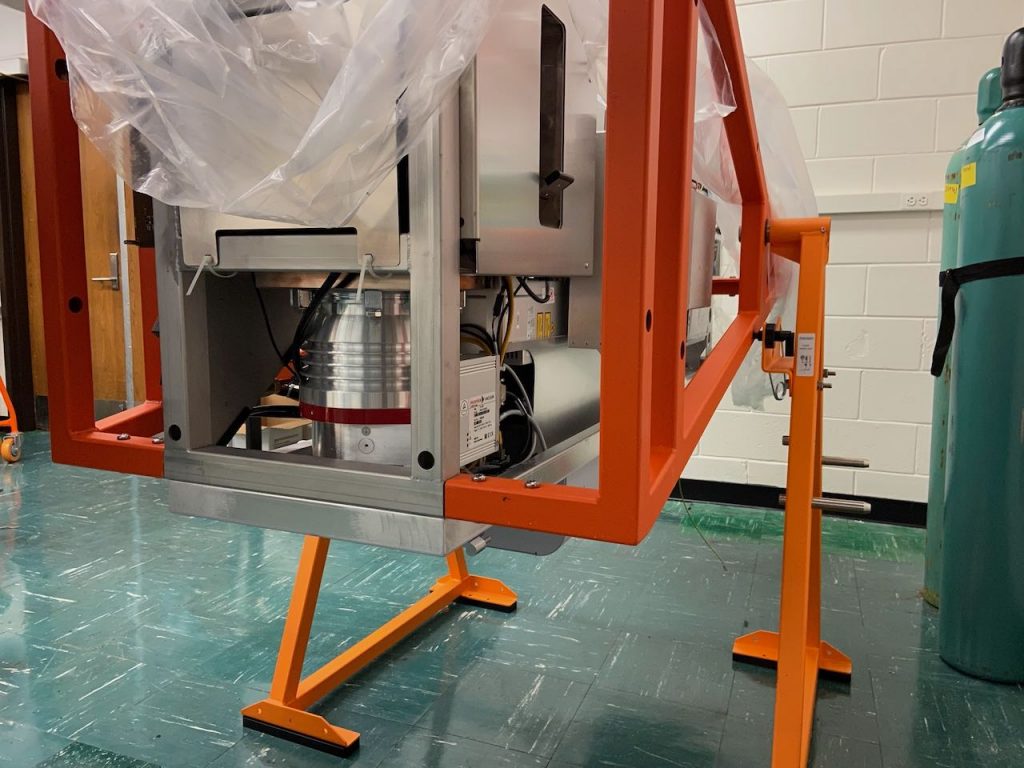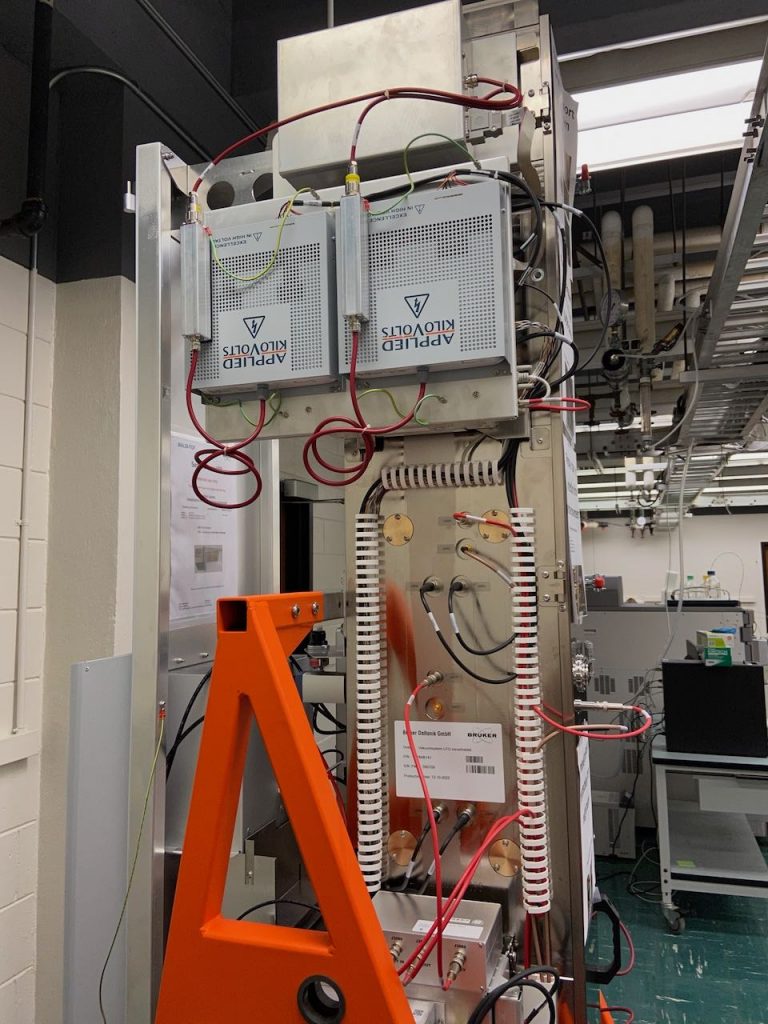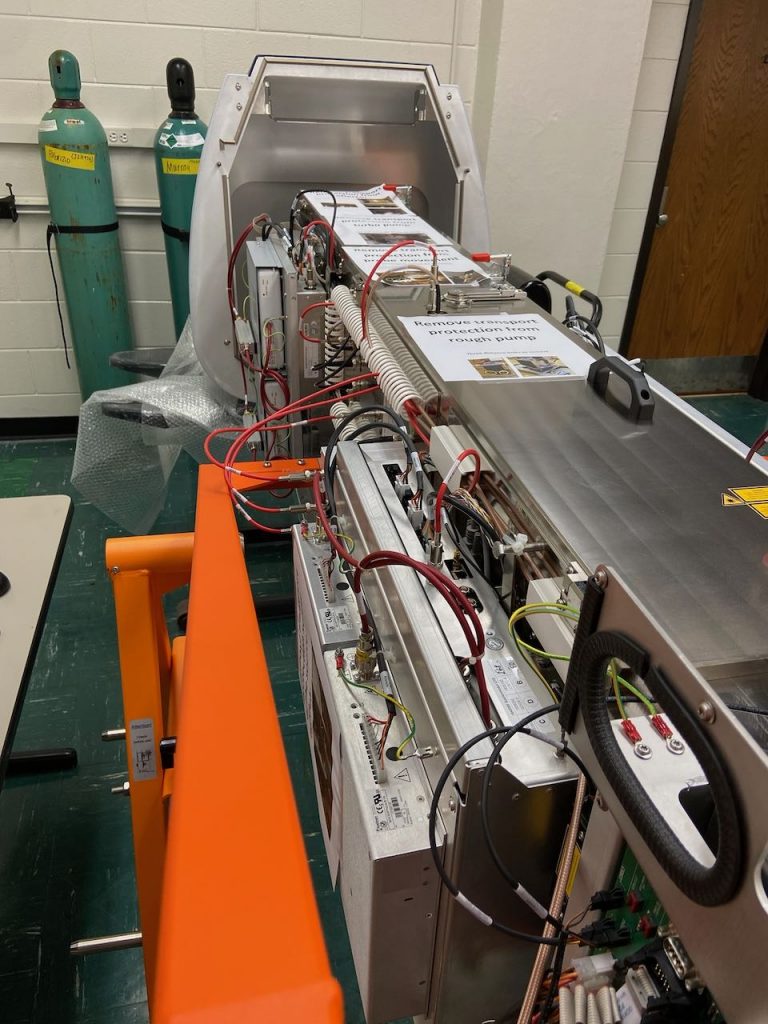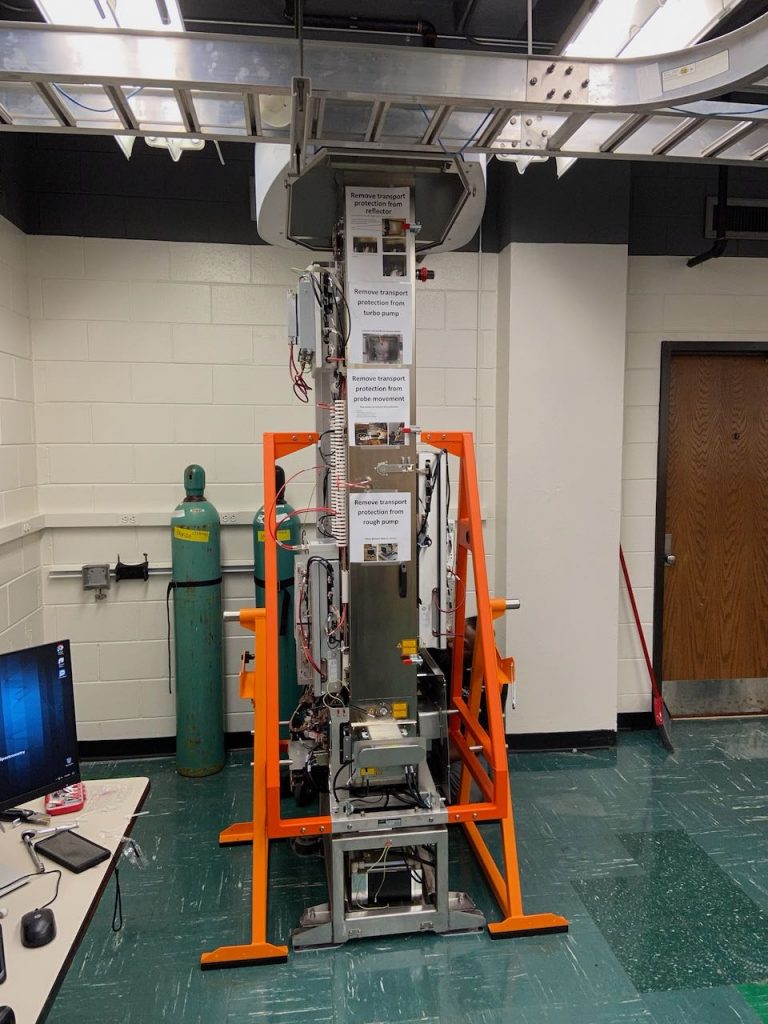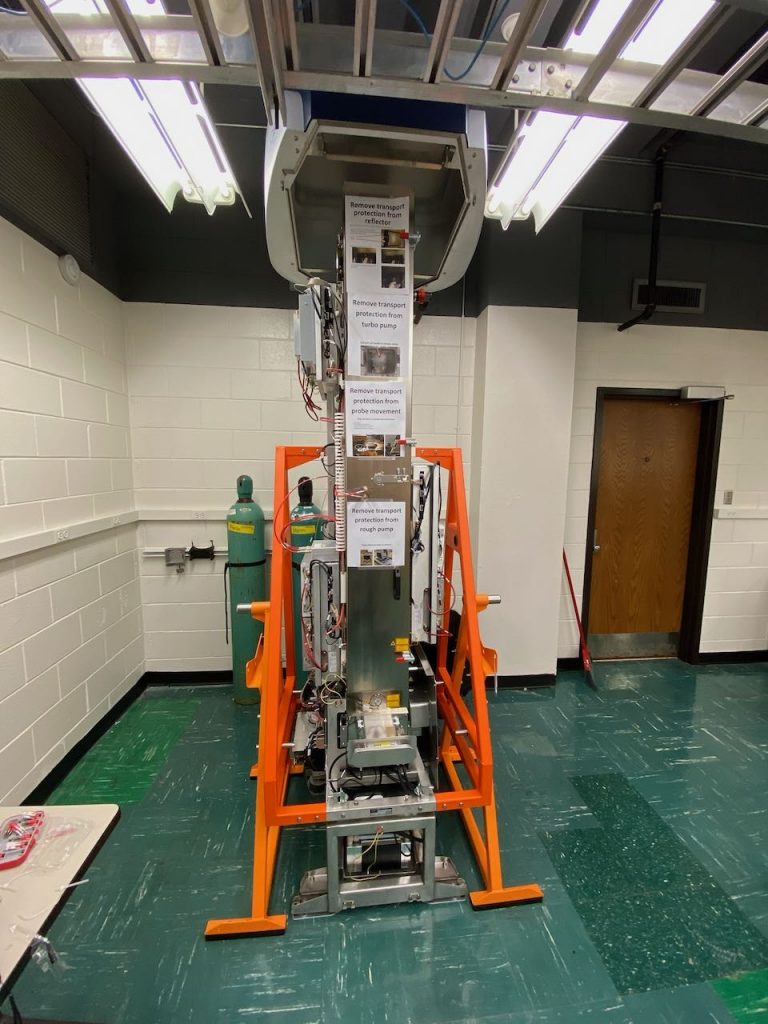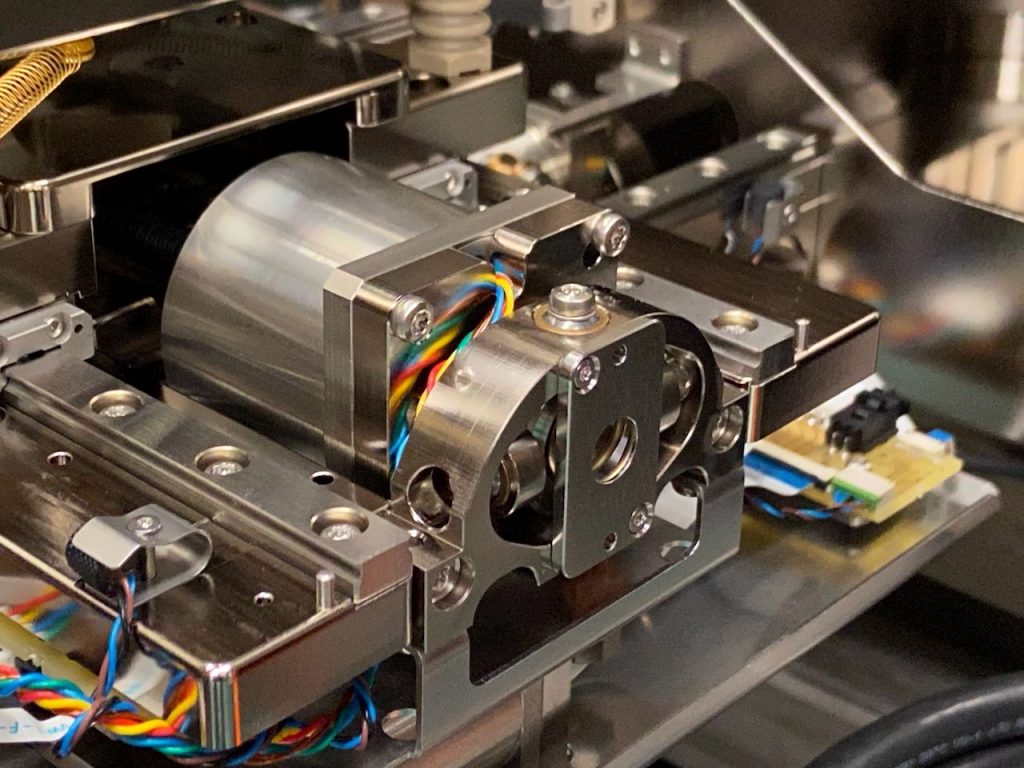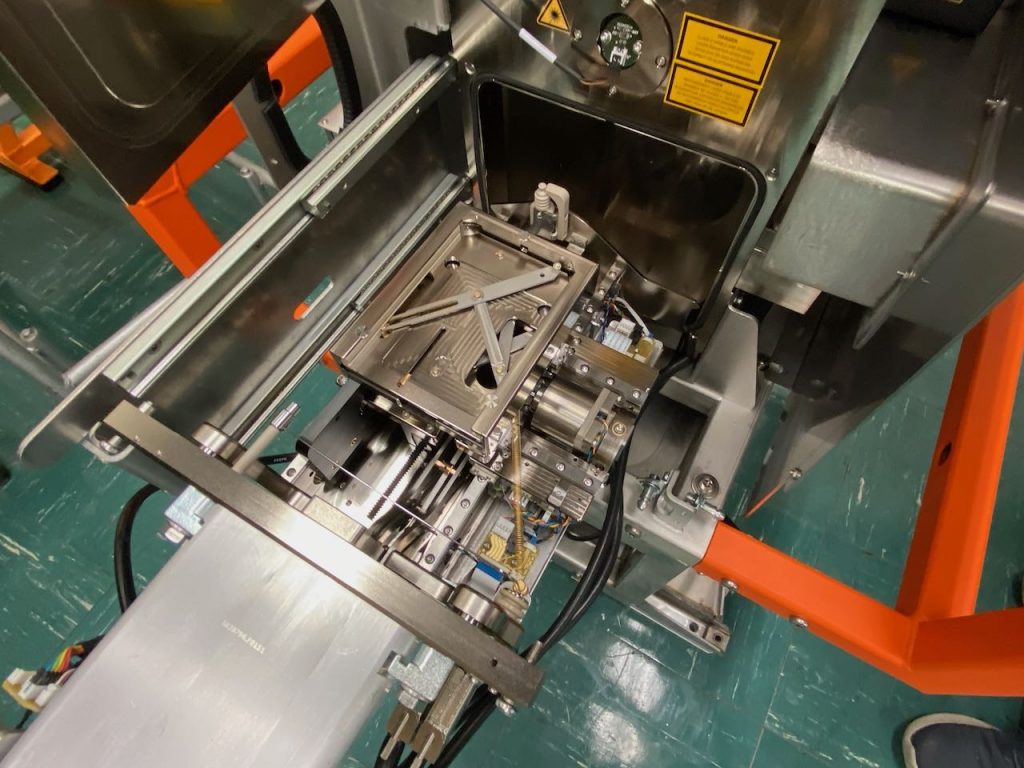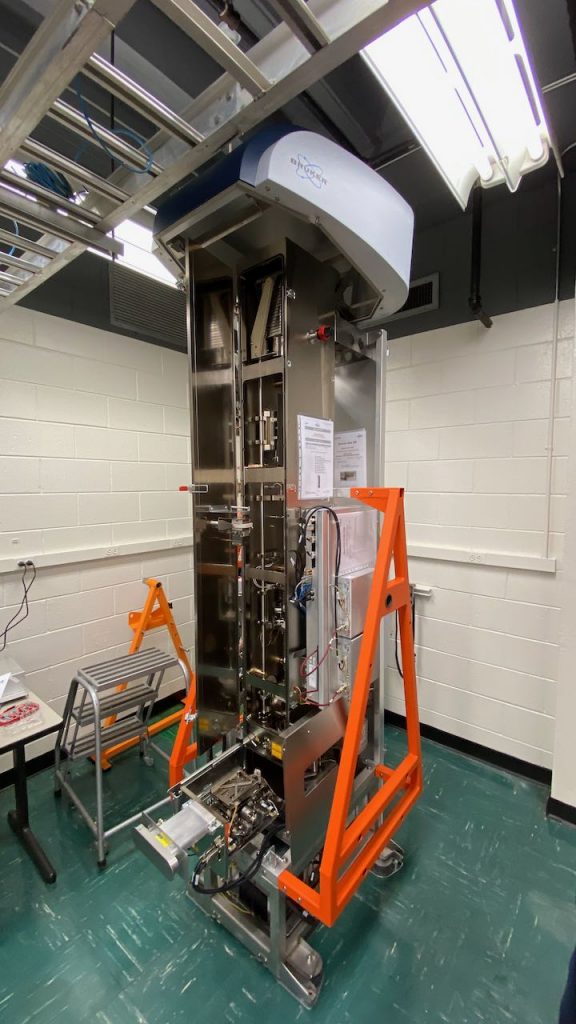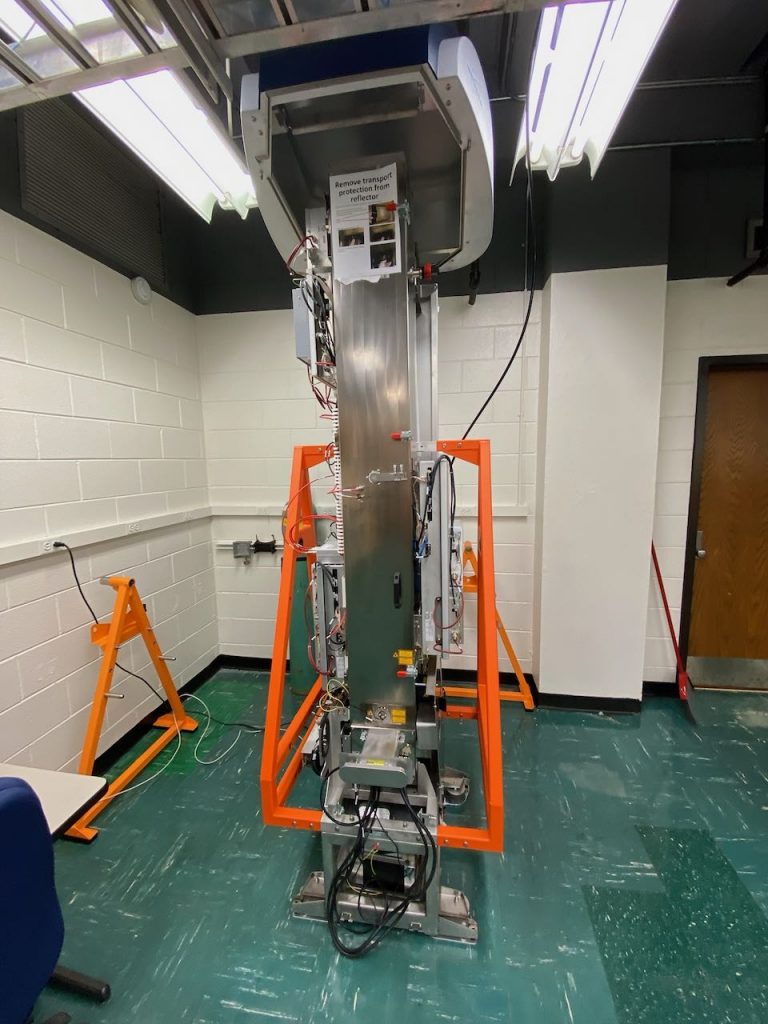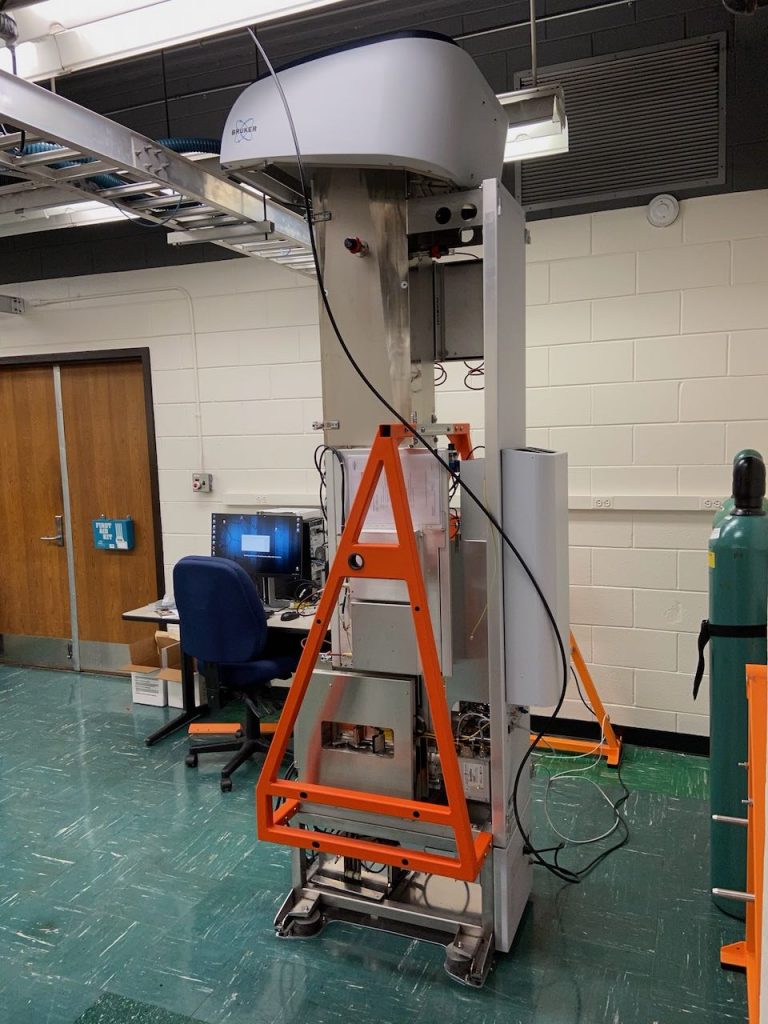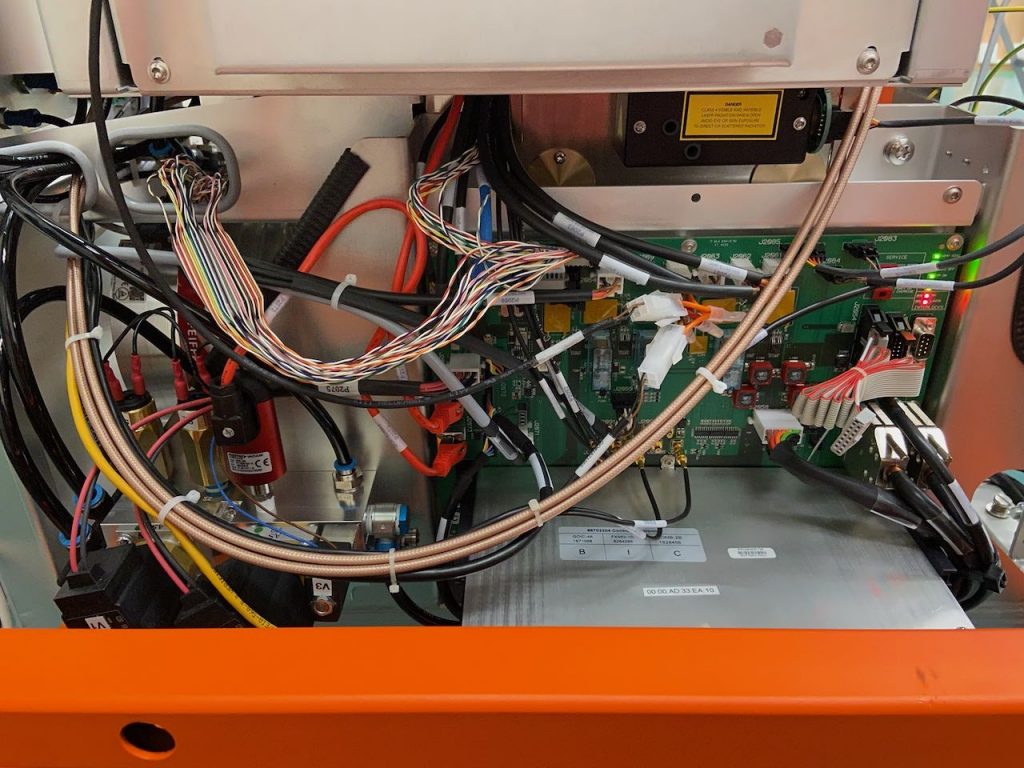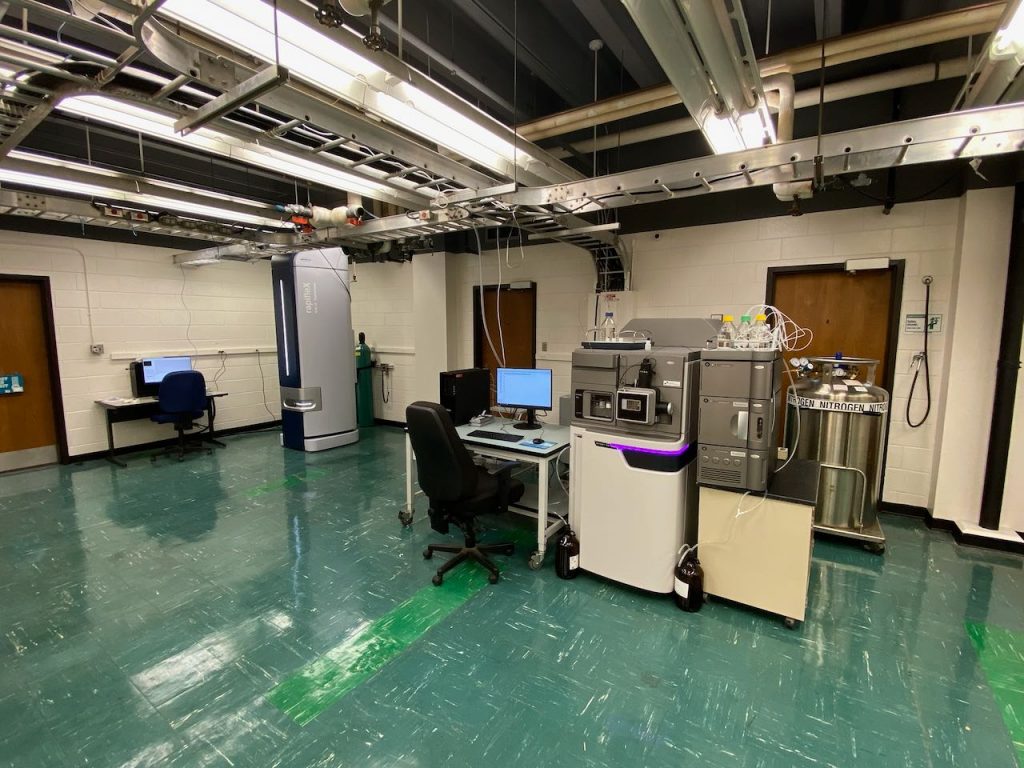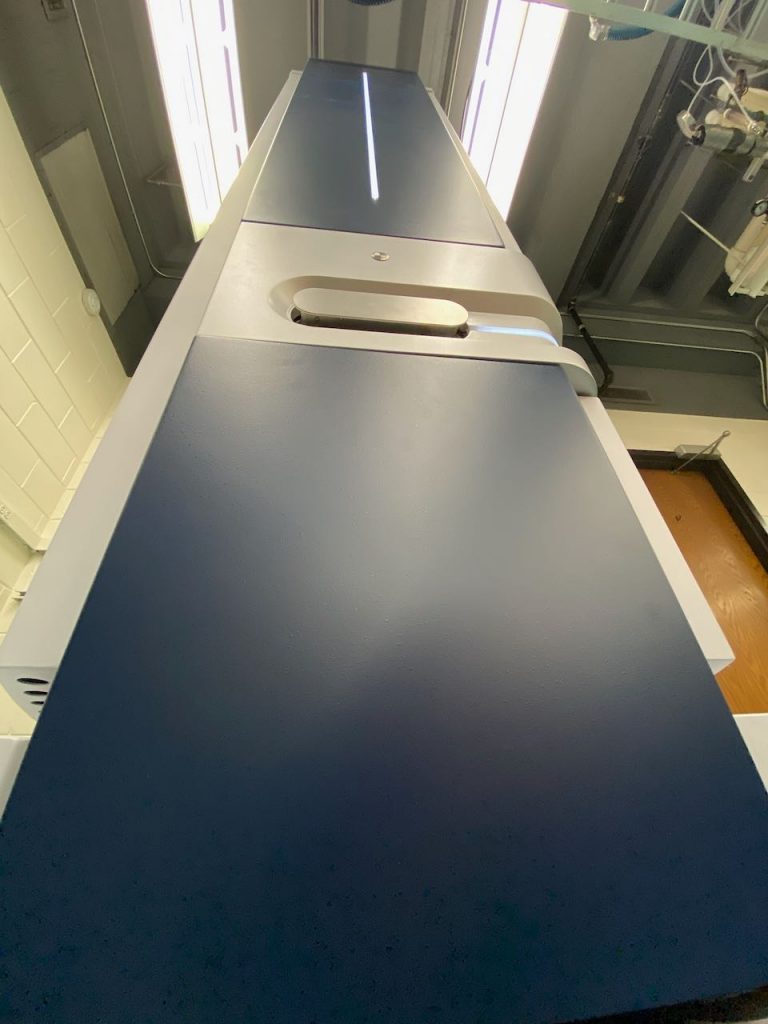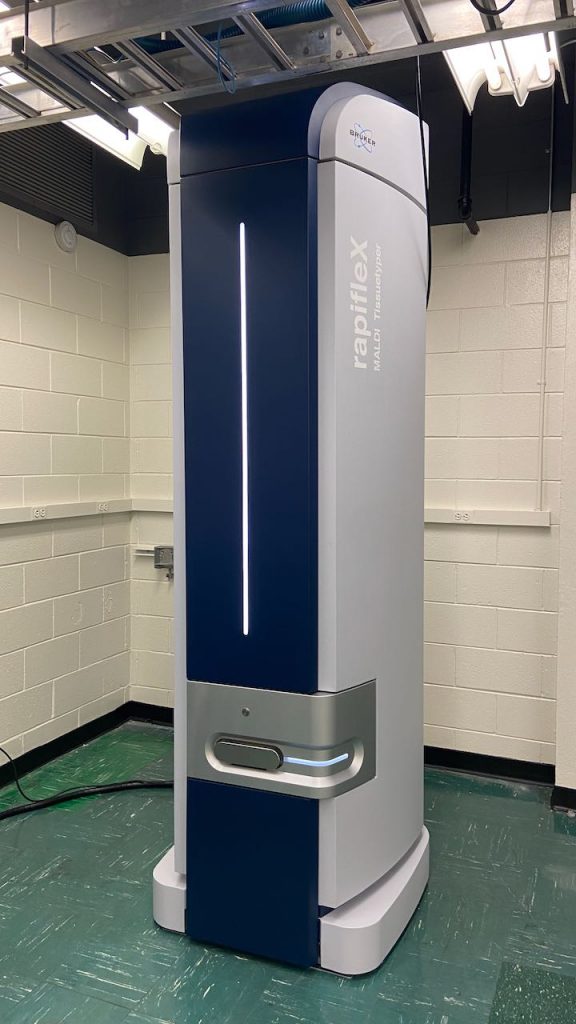MRI: Acquisition of a MALDI Tandem Mass Spectrometer (MALDI MS/MS) for Imaging, Biological Research and Chemical Materials Characterization
CHE-2215823
This award is jointly funded by the Major Research Instrumentation Program, the Chemistry Research Instrumentation Program, and the Established Program to Stimulate Competitive Research (EPSCoR). Professor Kermit Murray from Louisiana State University, on behalf of from 11 investigators in 4 departments across the university, is acquiring a matrix-assisted laser desorption / ionization time-of-flight mass spectrometer (MALDI-TOF-MS) equipped with a photodiode array. In general, mass spectrometry (MS) is one of the key analytical methods used to identify and characterize small quantities of chemical species in complex samples. MALDI TOF combines gentle ionization (ideal for producing intact ions of peptides, proteins, nucleic acids, carbohydrates, synthetic polymers, and other similarly sized species) with a detection mode that offers an excellent balance between sensitivity and accuracy across a wide range of samples. The acquisition strengthens the research infrastructure at the university and within the regional. The instrument broadens participation by giving hands-on access to a diverse student population. The instrument is also used in outreach activities.
The award is aimed at enhancing research and education at all levels. It especially impacts studies correlating molecular structure, orientation and dynamics. Researchers use the MALDI-TOF-MS to study a number of exciting projects. Research will be enabled that is aimed at the development of a comprehensive approach to mass spectrometry imaging that is quantitative and capable of biomolecule identification. MALDI imaging is combined with IR and UV laser ablation sample transfer for liquid chromatography tandem mass spectrometry analysis. In addition, novel approaches to further improve the MALDI technology will be developed. Two new platforms are developed that improve biological imaging. Researchers are investigating the effect of coronal charge patterning on the equilibrium aggregate structure of amphiphilic ionic block copolymers. The impact of structural precision in the properties and functions of discrete linear and branched synthetic polymers are being studied. MALDI is being used to validate recently developed high-resolution and high- speed Raman micro-spectroscopy method to detect lipid modulation and image spatial distribution of lipids in vitro and ex vivo brain tissues. The instrument enables the elucidation of the underlying chemistry of homogeneous lignin depolymerization using a contactless gas phase reactor and upgrade fast pyrolysis of lignin toward formation of biofuel. The instrument is aiding the design, synthesis and study of the photophysical properties and potential applications of new fluorophores that absorb and emit in the visible and near-infrared region of the optical spectrum (400–900 nm). Among the current fluorophores under investigation, boron dipyrromethene (BODIPY) dyes display a rich array of photophysical and optoelectronic properties. Fundamental knowledge will be gained on alkyne metathesis reactions and the creation of design rules toward catalysts with higher activity and broader substrate scope. This includes the design and synthesis of new catalyst and ligand systems and analysis of their reactivities both experimentally and computationally. Additional studies enabled are the developmental competence of in vitro matured oocytes for use in assisted reproductive technologies (ART), the synthesis and application of a specific class of ionic liquid (IL) compounds termed, “group of uniform materials based on organic salts” (GUMBOS), which are used as MALDI matrixes for imaging applications, and uncovering the rules governing changes in electron transfer after encapsulation of redox active molecules in confined spaces. Researchers are studying molecular catalysts containing metal-ligand multiple bonds that are driven by renewable energy for fuel production and industrial applications.
